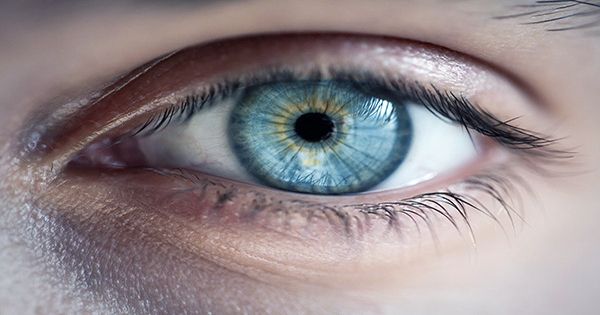Floaters are a phenomenon that affects about 76 percent of non-visually impaired persons. When you stare at something bright and uniform like the sky, snow, or a white screen, they seem like moving structures, like minute worms that sometimes emerge in your range of view.
Muscae volitantes, or “flying flies,” is their scientific name, yet they are not insects. They are microscopic things within your eyes, as explained in a great TED-Ed video. Bits of tissue, red blood cells or protein clumps floating in the vitreous humor might be the culprits. This is the gel-like fluid that holds the eye in shape between the lens and the retina.
Light enters the eye through the lens, activating particular cells on the retina; however, when floaters travel throughout the vitreous, they throw shadows on the retina, resulting in the strange pictures that many of us perceive.
A strange phenomenon of floating moving things in our perception is also explained in the movie, the phenomenon known as the blue field entoptic phenomenon, according to the video. This phenomenon is referred to as the floaters’ polar opposite in the video. These “blue sky sprites” caused by white blood cells in the retina’s capillaries, not by a shadow cast by anything in the vitreous humor.
These immune cells are large enough to halt red blood cells, resulting in places in capillaries with just plasma, a white blood cell, and a clump of red blood cells. We may see them moving by gazing at a blue bright region, such as the sky, since plasma or white blood cells do not absorb blue light as it is by red blood cells.
The blue field entoptic phenomena is characterized by the appearance of small brilliant dots (nicknamed blue-sky sprites) moving fast along squiggly lines in the visual field, particularly when staring into bright blue light like the sky. [1] The dots are fleeting, appearing for only a fraction of a second and moving short distance along seemingly random, curving pathways. Some of them are assuming the role of their ancestors.
Like tiny worms, the dots may extend along the journey. The dots’ speed varies in time with the pulse, temporarily increasing with each heartbeat. [2] The dots appear within 15 degrees of the fixation point in the middle field of vision. [3] The left and right eyes perceive separate dots, whereas the eyes of someone seeing with both eyes see a combination.














